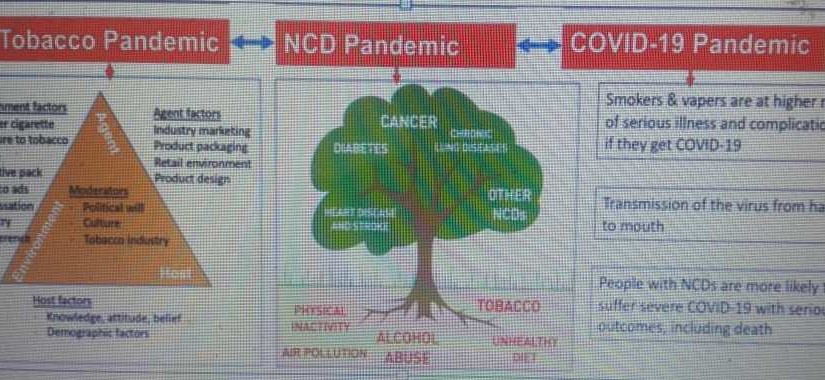The consequences of smoking on health are well established. However, reproductive effects are studied for a few years.
In women, smoking is associated with a decrease in the fertility of 15-40% depending on the study. The negative correlation between smoking and spontaneous fertility is confirmed, with a cumulative pregnancy rate in one year decreased by 15% and an average increase in the design time of 6 months to 1 year. This subfertility is proportional to consumption and reversible after cessation. Furthermore menopause on average 2 years advanced in smokers.
The main consequence of smoking would be an oocyte alteration, as has been observed in LDCs with decreasing the number of oocytes recruited, the implantation rates and pregnancy. These last two points could also be explained by a luteal function disrupted by smoking.
In humans, decreased fertilizing sperm-related alteration was also seen (with more mixed results). Several teams have objectified oligospermia a necrospermia and teratospermia.
Finally, even if pregnancy occurs, complications are observed in the conceptus or the child if parental smoking: increased number of miscarriages, sudden death of the newborn, some pediatric cancers (tumors and hematological brain), respiratory infections.
For all these reasons, the inclusion of smoking must be a priority in reproductive medicine and health professionals must mobilize for a withdrawal in candidate couples.

 (
( (
(

